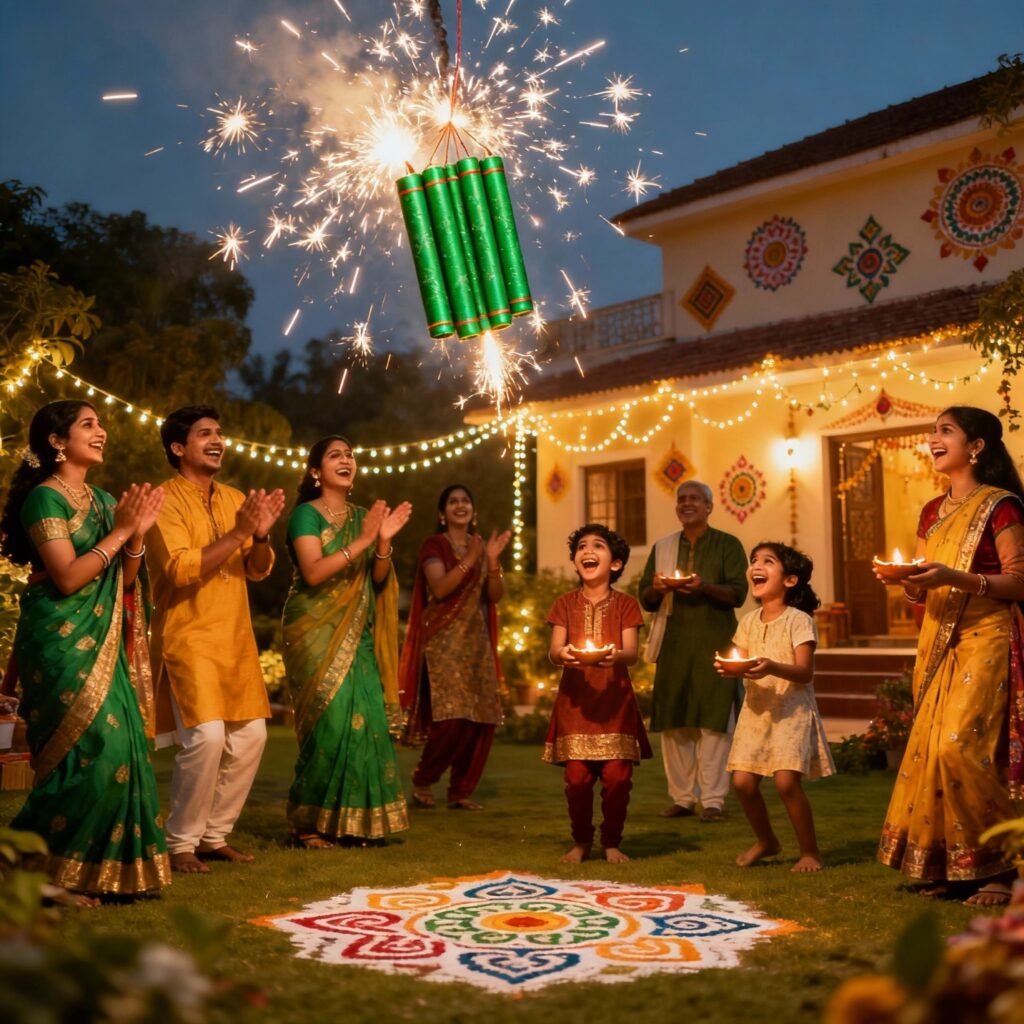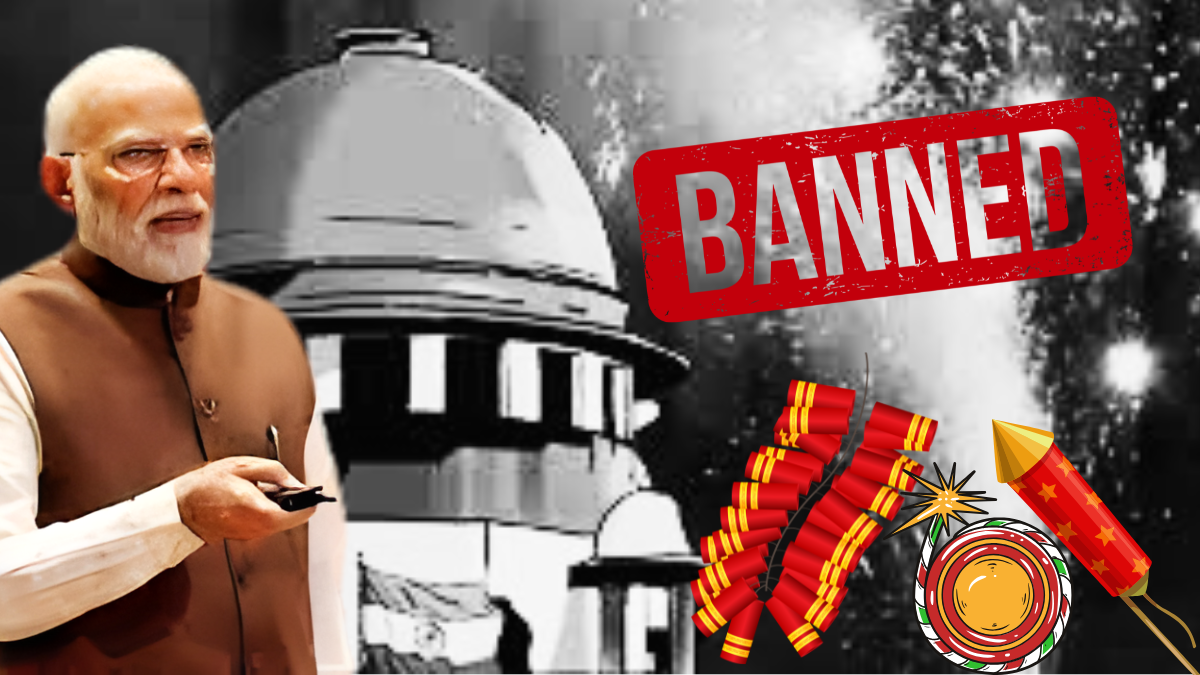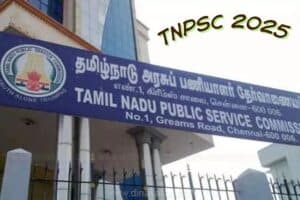2025 Diwali Firecrackers Ban: What You Need To Know
Introduction: Celebrating Diwali with New Rules
The “diwali firecrackers ban” is among the most hotly-debated topics every festival season, but 2025 has turned the conversation on its head. Just weeks before Diwali, the Supreme Court made a landmark decision—partially lifting the longstanding ban on firecrackers in Delhi-NCR, but only for “green crackers” and under strict regulation. What does this mean for families eager to celebrate, and for those worried about pollution? Let’s break it down, avoid the usual jargon, and see how this year’s Diwali will be different from all the rest.
The Supreme Court’s 2025 Update: What Changed?
The Supreme Court has swung open the doors—just a bit—for those who cherish bursting crackers, but with a laser focus on the environment. Here’s what’s new:
- Green crackers: The only type allowed, these crackers promise to emit significantly less particulate matter and noise.
- Specific time slots: Bursting is permitted only from 8 PM to 10 PM during Diwali and for designated time windows on other festivals.
- No traditional crackers: “Anar,” “Chakri,” and other classic varieties are banned unless certified as green crackers.
- Sales regulation: Only licensed sellers can stock and sell firecrackers; no online platforms like Flipkart or Amazon are allowed to deliver.
- Delhi-NCR focus: The new rules primarily impact Delhi and adjoining areas—the epicenter of India’s air quality crisis—though state governments across India are adapting rules based on local conditions.
Year-on-Year: How 2025 Differs From Earlier Diwalis
| Year | Ban Status | Allowed Crackers | Bursting Time | Online Sale | Enforcement Focus |
|---|---|---|---|---|---|
| 2023 | Full ban in NCR, partial in some states | None/Some green crackers | None/limited | Prohibited | Strict, pollution-control driven |
| 2024 | Similar to 2023, with increased pressure due to air quality | Only green crackers (rare) | Limited, mostly 8-10 PM | Prohibited | Focused on Delhi-NCR |
| 2025 | Trial relaxation in NCR | Only certified green crackers | 8-10 PM Diwali, other festival slots | Prohibited | Licensed sellers, court-mandated compliance |
This fresh approach strives to honor tradition while making air quality a priority—an attempt at a “middle path” between the festival spirit and environmental responsibility.

What Are Green Crackers? Are They Really Safer?
“Green crackers” have been the government’s answer to criticism against blanket bans. Developed by the Council of Scientific and Industrial Research (CSIR) and certified by the National Environmental Engineering Research Institute (NEERI), these firecrackers:
- Emit 30-35% less pollution than traditional variants.
- Produce less noise (meeting prescribed decibel levels).
- Feature a green logo and QR code on packaging for easy identification.
- Are manufactured under strict guidelines and are only sold by licensed traders.
But does “green” truly mean clean? While emission levels are reduced, experts agree there’s still an environmental cost. However, the Supreme Court’s decision points to a pragmatic view: It’s about lowering risks, not eliminating them overnight, while also protecting jobs in the firecracker industry.
A Personal Take: Firecrackers, Family, and Air Quality
As someone who’s grown up experiencing Diwali in both small towns and metro cities, the conversation around the “diwali firecrackers ban” always brings out a divide. For many, bursting crackers is a cherished family memory. But the choking October-November smog in cities like Delhi is impossible to ignore.
This year, the conversations in neighborhoods and on WhatsApp groups have a new sense of responsibility: “How do we keep the joy alive while being fair to kids with asthma and elders who struggle after Diwali?” The consensus is shifting. Some are switching to LED lights and community events, while others welcome the limited return of green crackers as a way to keep traditions alive—responsibly.
How Are Rules Enforced?
The Supreme Court’s order isn’t just symbolic—it comes with teeth.
- Licensed sellers only: Only shops with official permission can sell firecrackers.
- Strict block on online sales: No Amazon or Flipkart delivery.
- Police and local officials: Special teams will monitor selling points and neighborhoods.
- Hefty fines and seizures: Using unsanctioned items or breaking time limits attracts penalties.
States like Tamil Nadu and Maharashtra have introduced their own tweaks, so double-check local municipal guidelines. Chennai, for example, often follows a similar model with time slots for green cracker use but has robust public campaigns about air quality and health.
Statewise Highlights: Not Just a Delhi-NCR Story
While headlines focus on Delhi-NCR, the scope of “diwali firecrackers ban” rules extends across India, with local governments adopting Supreme Court recommendations and sometimes even stricter norms.
Some examples:
- Delhi-NCR: Only green crackers allowed, with strict two-hour evening slots.
- West Bengal, Karnataka, Gujarat: Following similar frameworks, but enforcement varies.
- Tamil Nadu: Major firecracker manufacturing hub. The state government backs green crackers and campaigns for public awareness, but local decisions often weigh economic impact on Sivakasi’s workers.
Many states allow local authorities to clamp down further if air quality worsens just before Diwali—a flexibility that keeps public health in focus.
Public Response: Polarized Yet Thoughtful
This year, social media is awash with diverse reactions. Some citizens welcome the move as a healthy compromise; others worry about “tokenism,” arguing a two-hour window won’t dramatically improve AQI. Many families and children are genuinely delighted, seeing official green-cracker sales as a respectful nod to tradition while taking pollution seriously.
There’s new demand for:
- Verified lists of authorized green cracker outlets
- Awareness campaigns on how to tell real green crackers from fakes
- Transparent air quality monitoring and more accountability in enforcement
Expert Insights: What Do the Authorities Say?
Health experts and environmental organizations remain cautious. Many point out the lessons from previous years when partial bans or poor enforcement led to spikes in pollution, dampening any regulatory effect. They recommend:
- Celebrating with LED lights, rangoli, and sweets as alternatives
- Community cracker shows using only certified green products within rules
- More robust action against grey-market and counterfeit sellers
On the other hand, economic and social experts welcome regulations that consider firecracker workers’ livelihoods, especially in places like Sivakasi, the industry’s heartland.
Infographic: 2025 Firecracker Ban—Quick Facts
| Rule / Feature | Details (2025) |
|---|---|
| Allowed Crackers | Only certified “green crackers” (with QR code, NEERI/PESO approval) |
| Who Can Sell? | Only licensed, physical retailers |
| Where Banned? | Delhi-NCR, strictest; other states set local rules |
| When to Burst | 8–10 PM (Diwali), 11:55–12:30 (New Year), as notified |
| Online Sales | Prohibited everywhere |
| Penalties | Heavy fines, product seizure for violations |
| Economic Impact | Relief for licensed manufacturers; strict controls still challenge the industry |
Internal and External Resources
- Read more about the science behind green crackers and government pollution control measures.
- For local guidelines, check state pollution boards or Delhi Pollution Control Committee.
- For detailed legal background, see this Supreme Court order coverage.
Conclusion: Balancing Tradition and Tomorrow
This Diwali, the “diwali firecrackers ban” is not just about restrictions—it’s a live experiment with compromise, innovation, and responsibility. The new rules empower families to celebrate within healthy boundaries and push the industry towards safer, greener products.
If 2025’s approach is well-enforced and accepted, it could be the blueprint for future festivals where tradition and public good go hand in hand. But it will take joint effort—from families choosing wisely, officials enforcing fairly, and industry innovating fast.
Call to Action
How are you celebrating Diwali this year—green crackers, eco-friendly alternatives, or a mix of both? Share your perspective in the comments! For more guides on festive tips, air quality updates, and community stories, subscribe to our newsletter or check our Diwali resources section.
Let’s make this Diwali bright, safe, and responsible—together!
Disclaimer: Information provided in this article is based on the latest publicly-available rulings and news. Always check your local municipal and state guidelines before purchasing or using any firecrackers.



